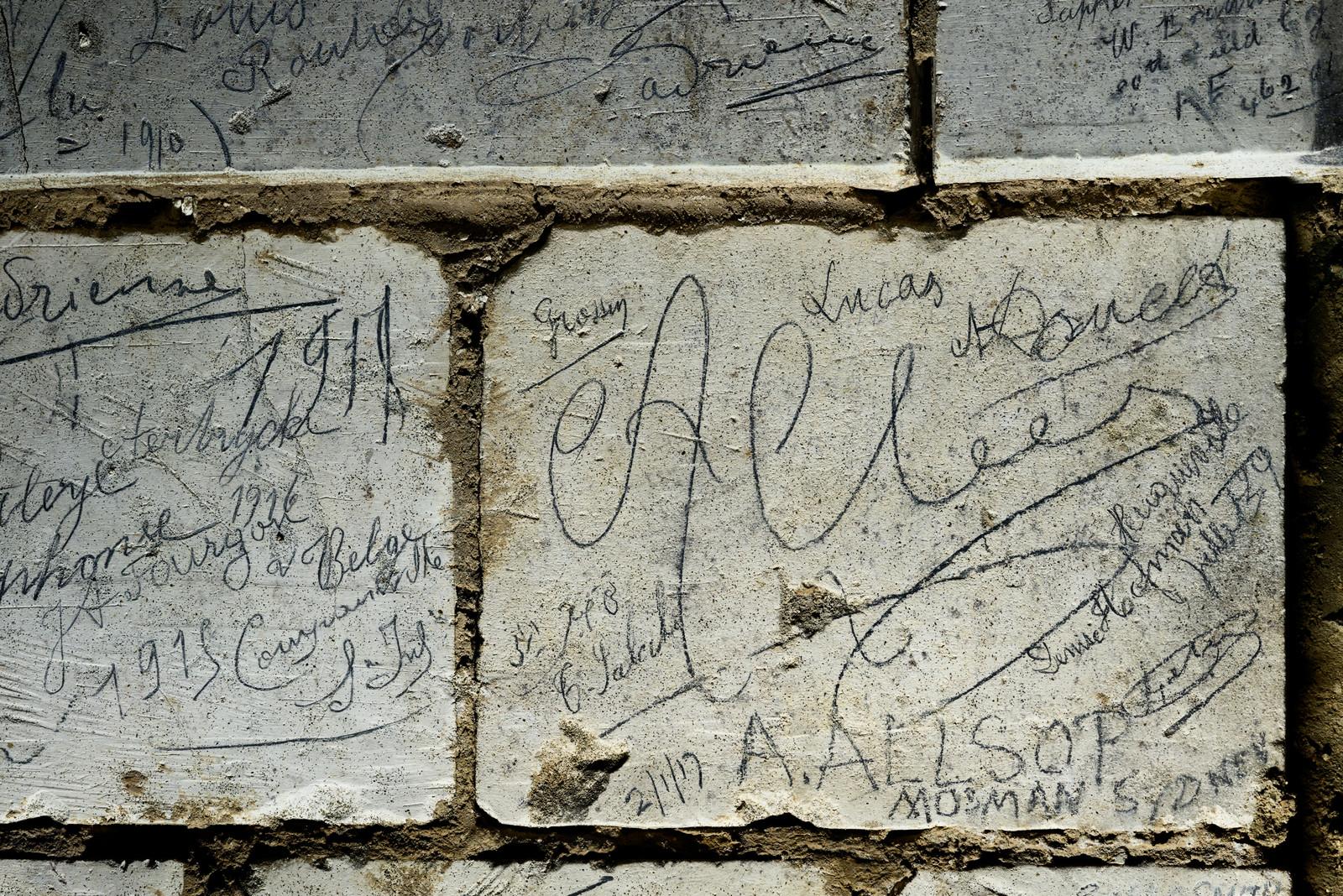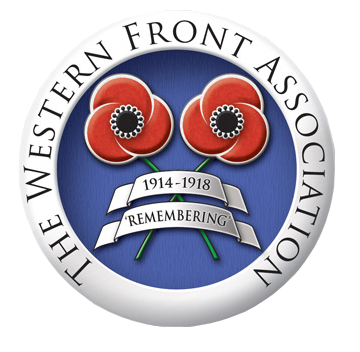First World War graffiti: Voices preserved in stone
- Home
- Latest News
- 2025
- March 2025
- First World War graffiti: Voices preserved in stone
A recent feature in The Past magazine explores a lesser-known aspect of First World War heritage—the thousands of inscriptions and carvings left by soldiers in underground shelters beneath the Western Front. Published in the March 2025 issue of World Archaeology, David Crossland's article Forgotten voices of conflict: Examining the fate of First World War graffiti reveals the race to preserve these fragile testimonies before they disappear forever.
Underground testimonies
Beneath the fields of north-eastern France lie approximately 400 former limestone quarries containing significant quantities of wartime 'graffiti' created by soldiers of all armies. These underground spaces in the Hauts-de-France region—encompassing the Somme, Arras, Aisne, and Oise battle sectors—served as shelters, barracks, command posts and hospitals during the conflict.
The inscriptions range from hastily pencilled names to elaborate works of art, with each marking telling its own story:
- Private Daniel McAlpine of the 2nd Highland Light Infantry carved his service number, name, hometown of Glasgow, and the words 'Wounded 3 times' in early 1917, but was killed in July that same year
- Walter Alfred Don Munday, a Canadian infantry scout and mountaineer, inscribed his name before suffering chlorine gas poisoning at Vimy Ridge in 1917
- Antarctic explorer Leslie Russell Blake, a trained surveyor who mapped German lines for artillery, left his mark before being killed just 39 days before the Armistice

Cultural expressions in stone
The article highlights national differences in these underground expressions:
- British, Canadian and Australian soldiers typically wrote their names, home addresses and drew regimental badges
- French troops had 'a weakness for nudes'. They also created sculptures, with commanders selecting soldiers with artistic talent to create regimental panels
- German soldiers left fewer personal traces, focusing more on functional signage
- American troops made bold, energetic inscriptions resembling advertisement billboards
Despite the horrific conflict raging above ground, there is a notable absence of hatred in these underground spaces. Troops generally respected each other's inscriptions when caves changed hands, perhaps recognising their shared experience of the war.
A heritage at risk
This unique historical record faces multiple threats:
- Environmental factors causing inscriptions to dissolve into illegibility
- Structural instability leading to cave closures
- Vandalism and theft
- Limited protection and funding
Some sites, like the Bouzincourt tunnel containing over 1,000 British, Canadian and Australian markings, have been closed due to collapse risks. Fortunately, researchers have created detailed 3D renditions of many caves to preserve their contents digitally.
While UNESCO World Heritage status could help protect these sites, historian Thierry Hardier points out a dilemma—increased recognition might accelerate deterioration by attracting visitors to dangerous, unprotected locations.
The human element
What makes these inscriptions so powerful is their unfiltered authenticity. As Gilles Chauwin, President of the Chemin des Dames Association, observes: "The messages on the walls are like someone putting a piece of paper in a bottle and throwing it into the sea, to say 'Don't forget us: we were here'."
These markings represent individual voices in a mechanised war where the person counted for little. They express military pride, homesickness, hope, fear, and creativity—providing insights not just into the war but also the human response to extreme conflict.
Those wishing to explore this topic further can find David Crossland's book Whispering Walls: First World War Graffiti (published by Amberley) and visit the full article at The Past.
Explore more
For those interested in learning more about this fascinating aspect of First World War heritage, The Western Front Association maintains valuable resources on battlefield archaeology and the material culture of the war.
In this profusely illustrated presentation, tunnelling and mining expert Andy Prada takes a microscope to the 'how', 'where' and 'why' military mining during the first world war. He provides numerous rare photographs and also gives us a glimpse inside the remains of tunnels created 100 years ago.





